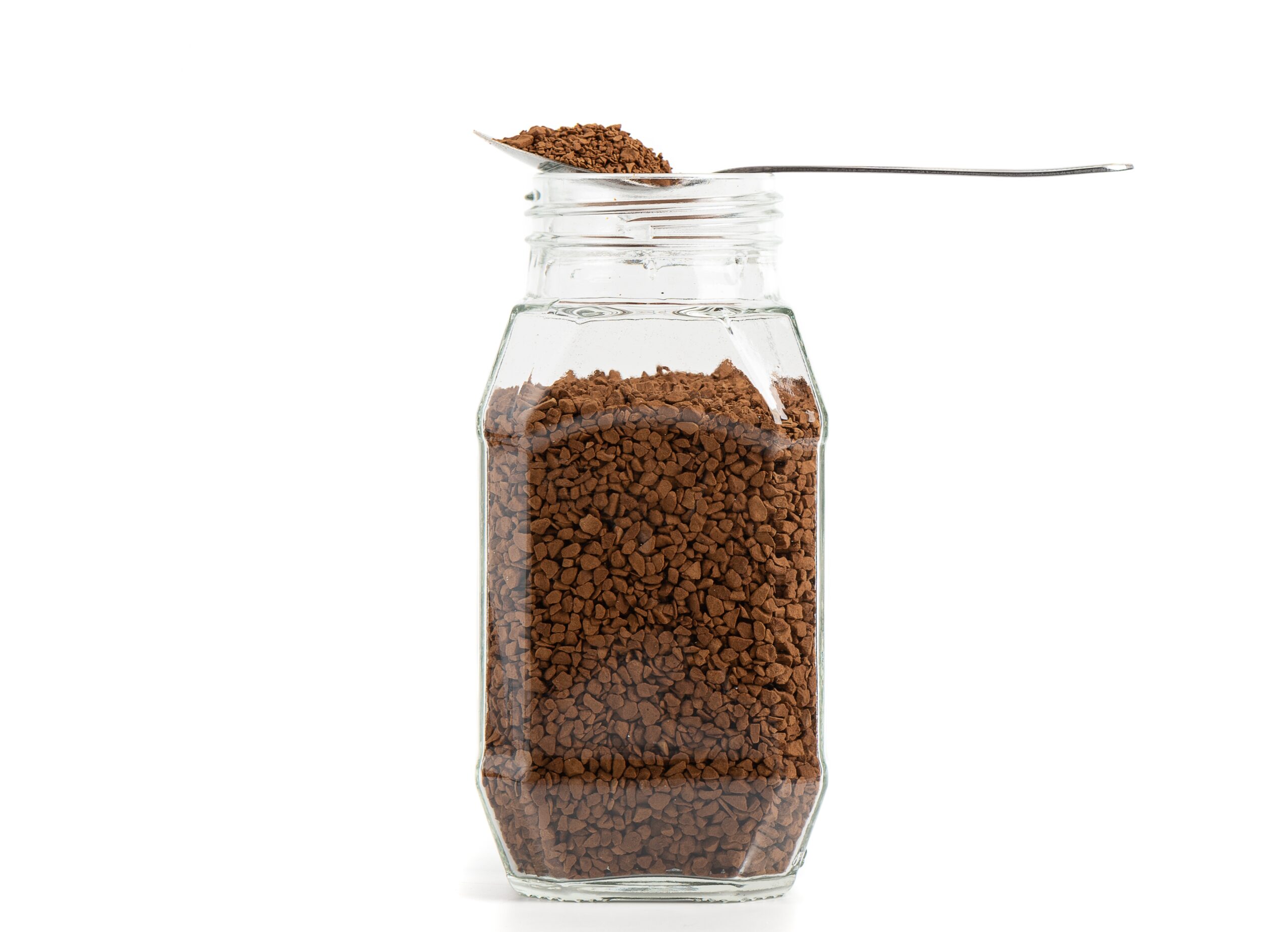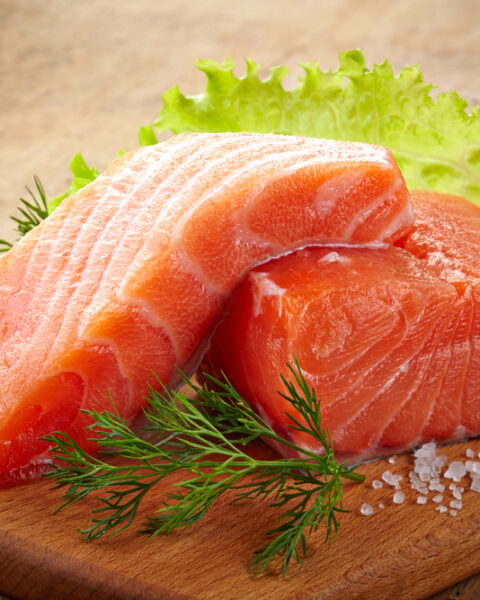Some of the most iconic foods we enjoy today started as surprising inventions that reshaped our meals. These creations transformed not just what we eat, but how we think about food. They’ve made life more convenient, delicious, and, at times, revolutionary. Get ready to know more about some of the food inventions that have left a lasting mark on our culinary world.
Contents
- 1 Instant Noodles
- 2 Canned Foods
- 3 Sliced Bread
- 4 Breakfast Cereal
- 5 Frozen Food
- 6 Chocolate Chip Cookies
- 7 Baby Formula
- 8 Potato Chips
- 9 Bottled Water
- 10 Artificial Sweeteners
- 11 Peanut Butter
- 12 Dried Instant Coffee
- 13 Plant-Based Meat
- 14 More From RetailShout
- 15 20 Best Aldi Products for a Cozy Weekend Brunch
- 16 12 High-Protein Foods to Boost Muscle Growth and Recovery
Instant Noodles

Instant noodles transformed how people perceive convenience foods, offering a quick meal that requires just boiling water. Created by Momofuku Ando in 1958, they quickly gained popularity worldwide for their affordability and simplicity. The ease of preparation made them a staple in college dorms, busy households, and emergency food supplies. Today, instant noodles come in various flavors and are enjoyed in many cultures as both a snack and a meal.
Canned Foods

The invention of canned foods by Nicolas Appert in the early 19th century revolutionized food preservation. By sealing food in airtight containers, Appert enabled people to store food for much longer periods, reducing waste and allowing for the consumption of seasonal foods year-round. Canned goods became essential during wartime and are still a kitchen staple today, providing convenient access to everything from vegetables to meats. They also paved the way for modern food packaging and preservation techniques.
Sliced Bread

When the first machine-sliced bread hit the market in 1928, it was hailed as the “greatest forward step in the baking industry.” Invented by Otto Frederick Rohwedder, pre-sliced bread made sandwiches and toast much easier to prepare. It quickly became a symbol of convenience in American households, so much so that it inspired the common saying, “the best thing since sliced bread.” The simple concept changed how people eat breakfast and snack and shaped the modern bakery industry.
Breakfast Cereal

Breakfast cereal was originally invented in the 19th century as a health food alternative to traditional meat-heavy breakfasts. John Harvey Kellogg and his brother Will Keith Kellogg played a significant role in popularizing cereals like corn flakes, which were originally developed as part of a vegetarian diet. Over the years, cereals have evolved into sugary, convenient breakfast options enjoyed by children and adults alike. This invention paved the way for an entirely new industry centered on quick, easy morning meals.
Frozen Food

Clarence Birdseye’s invention of quick-freezing food in the 1920s made it possible to preserve the taste, texture, and nutrients of fresh food. Before his breakthrough, freezing food resulted in poor quality and taste upon thawing. Birdseye’s method revolutionized food storage, allowing people to keep vegetables, fruits, and meat for long periods without spoilage. Today, frozen foods are a major part of the grocery industry, providing affordable, nutritious meals all year round.
Chocolate Chip Cookies

Ruth Wakefield accidentally invented chocolate chip cookies in the 1930s when she added broken chocolate pieces into her dough, expecting them to melt. Instead, the chocolate kept its shape, and the chocolate chip cookie was born. These cookies became wildly popular, leading to the mass production of chocolate chips specifically for baking. This invention turned into a cultural phenomenon, and chocolate chip cookies remain one of the most beloved treats in the world.
Baby Formula

Invented in the late 19th century, baby formula provided an alternative to breastfeeding, giving mothers more flexibility in feeding their infants. Henri Nestlé developed one of the first commercial formulas, designed for babies who could not be breastfed. This invention changed infant nutrition, particularly for working mothers or those who had difficulty breastfeeding. Today, formula is a multi-billion-dollar industry, offering various types tailored to specific nutritional needs.
Potato Chips

The crispy snack that’s become a global favorite was invented by accident in 1853. George Crum, a chef in New York, created them after a customer complained that his fried potatoes were too thick. Crum sliced the potatoes as thin as possible, fried them, and served them as a joke, but they were an instant hit. Potato chips have since become a worldwide snack staple, leading to endless flavors and variations.
Bottled Water

The concept of bottled water might seem simple, but its commercialization in the late 20th century drastically changed how people consume water. While bottled water has existed for centuries, its mass production only took off in the 1970s. This convenience has changed how people view hydration, making water a profitable industry and encouraging healthier beverage choices. Today, bottled water outsells many soft drinks in several countries.
Artificial Sweeteners

The discovery of saccharin in 1879 laid the foundation for artificial sweeteners, offering a sugar alternative that has since transformed how people approach dieting and diabetes management. Saccharin and later sweeteners like aspartame and sucralose made it possible to enjoy sweet-tasting foods and beverages with fewer calories or none at all. This invention also led to the creation of the “diet” food industry, impacting everything from soft drinks to baked goods.
Peanut Butter

Although peanut butter has Native American origins, it was the invention of a process to create smooth, shelf-stable peanut butter in the 1890s that changed how people consume this spread. Originally promoted for its nutritional value, peanut butter became a pantry staple in the U.S., especially with the invention of the peanut butter and jelly sandwich. Its affordability and long shelf life have made it a go-to food for families and athletes alike.
Dried Instant Coffee

Instant coffee changed how people consume their daily caffeine. Invented in the early 20th century by chemist Satori Kato, instant coffee allowed consumers to make a cup quickly without needing brewing equipment. It gained popularity during World War II as it was easy to transport and make in the field. Today, instant coffee continues to be a convenient option for busy mornings or camping trips, forever altering coffee culture.
Plant-Based Meat

Plant-based meat, like the burgers created by companies like Impossible Foods and Beyond Meat, is one of the latest innovations reshaping how people eat. Using proteins from plants like peas, soy, or even lab-grown cells, these companies have created alternatives that mimic the taste and texture of animal meat. This invention appeals not only to vegetarians but also to meat-eaters looking to reduce their environmental footprint. As the demand for sustainable food sources grows, plant-based meats are poised to become even more mainstream.
This article originally appeared on RetailShout.
More From RetailShout
13 Quick Trader Joe’s Snacks You Can Make in Under 10 Minutes

Sometimes you need a snack, and you need it fast. That’s where Trader Joe’s comes to the rescue. With a few clever combos and a dash of creativity, you can whip up something delicious in under 10 minutes—no marathon meal prep required. Read More.
20 Best Aldi Products for a Cozy Weekend Brunch

When the weekend rolls around, there’s no better way to start your day than with a cozy brunch. Aldi’s incredible selection of affordable and high-quality products makes it easy to whip up a delicious meal that everyone will love. Read More.
12 High-Protein Foods to Boost Muscle Growth and Recovery

When it comes to muscle growth and recovery, protein is king. Consuming the right foods can provide your body with the essential nutrients it needs to build and repair muscle tissues effectively. Read More.






